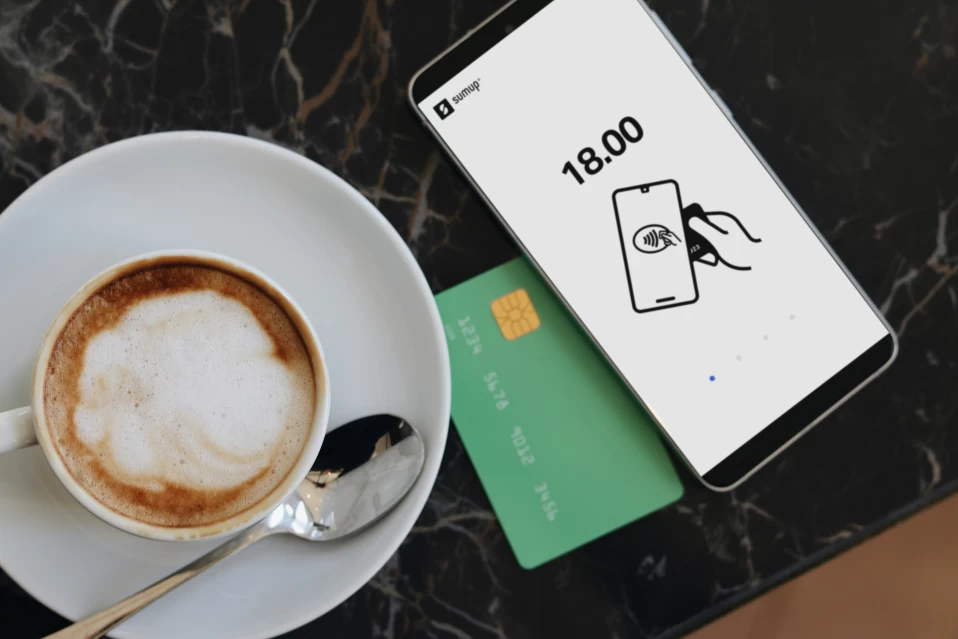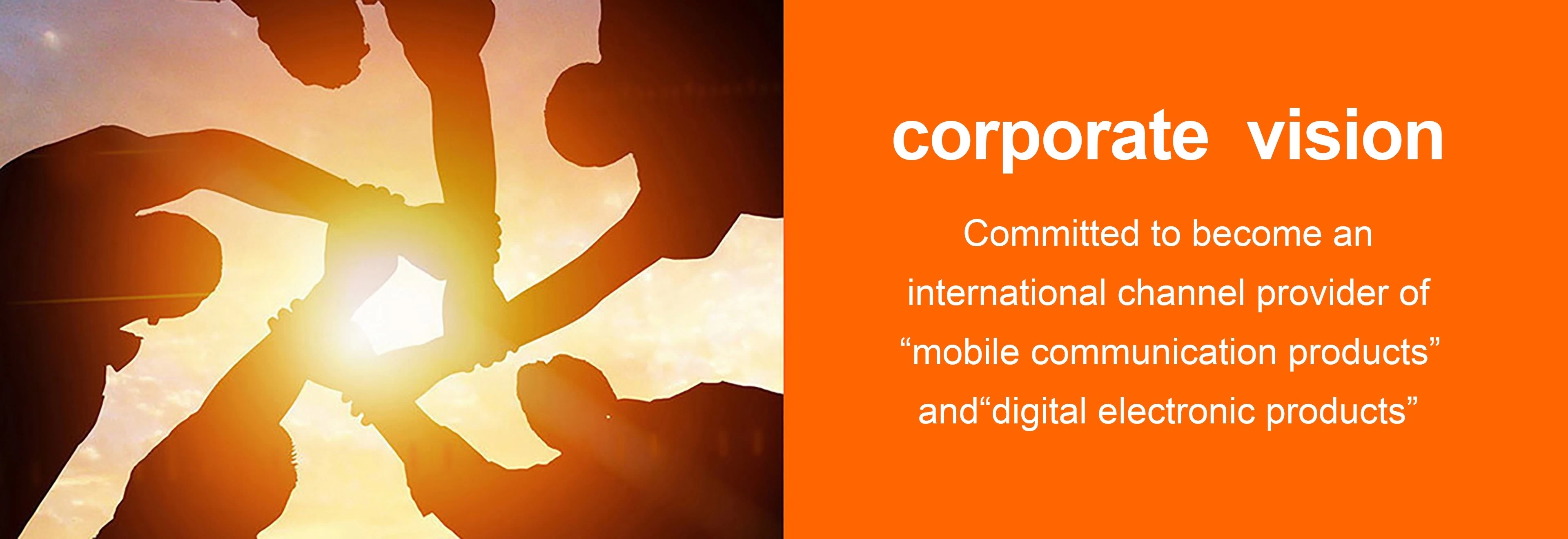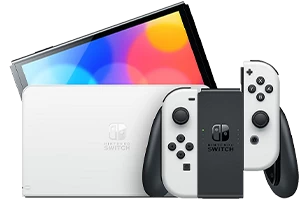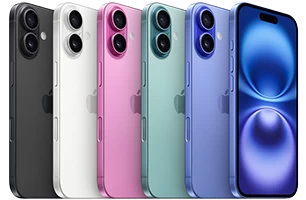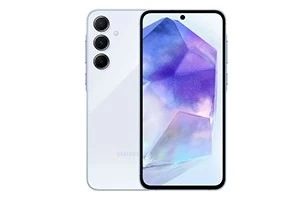The Future of Smartphone Payment Systems: Transforming Transactions
Smartphones are no longer just for communication and entertainment; they are becoming central hubs for managing all aspects of daily life, including financial transactions. In 2024, the smartphone payment landscape is evolving rapidly, with several key innovations shaping the future of mobile commerce.
1. Digital Wallets and Contactless Payments
The rise of digital wallets, such as Apple Pay, Google Wallet, and Samsung Pay, has revolutionized the way consumers make payments. These wallets allow users to store credit and debit card information securely on their devices, making transactions faster and more convenient. In 2024, we expect digital wallets to become even more popular as contactless payment technology expands and more retailers adopt the system.
2. Biometric Authentication for Payment Security
As security concerns around mobile payments continue to rise, smartphones are integrating advanced biometric authentication to protect users' financial data. In addition to fingerprint recognition, facial recognition and even iris scanning are becoming more common in high-end smartphones. These biometric features provide an extra layer of protection, ensuring that transactions are safe and secure.

3. Cryptocurrency Integration
Cryptocurrency is becoming an increasingly popular payment method, and smartphones are adapting to support digital currencies. In 2024, we’re likely to see more smartphones with built-in cryptocurrency wallets, allowing users to store and spend their digital assets seamlessly. With the growing popularity of Bitcoin, Ethereum, and other cryptocurrencies, smartphones are becoming essential tools for users looking to engage with this digital economy.
4. Augmented Reality (AR) for Shopping
Augmented reality is transforming how consumers shop, and smartphones are at the center of this shift. In 2024, AR-enabled smartphones will allow consumers to try on clothes virtually, view how furniture looks in their homes, or preview products in 3D before making a purchase. These technologies are enhancing the shopping experience and driving more transactions through mobile devices.
5. Contactless Payment in Developing Markets
In developing markets, smartphones are providing a gateway to financial inclusion by enabling contactless payments in areas where traditional banking infrastructure is limited. With mobile payment systems gaining traction in regions like Africa and Southeast Asia, smartphones are playing a crucial role in providing financial services to underserved populations. This trend is expected to accelerate in 2024, as more consumers in emerging markets gain access to smartphones and mobile banking.
